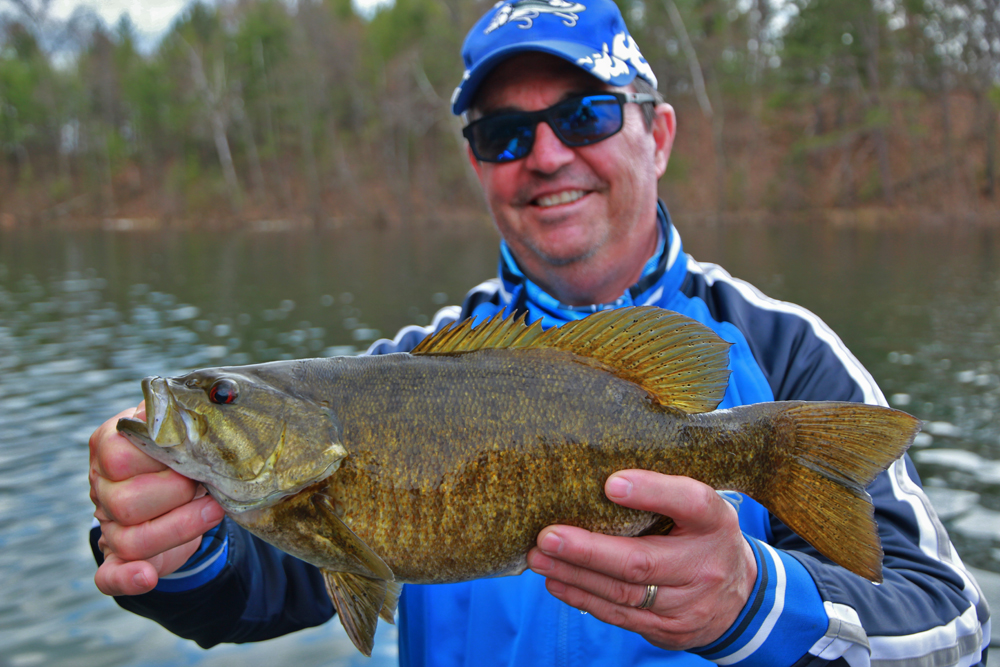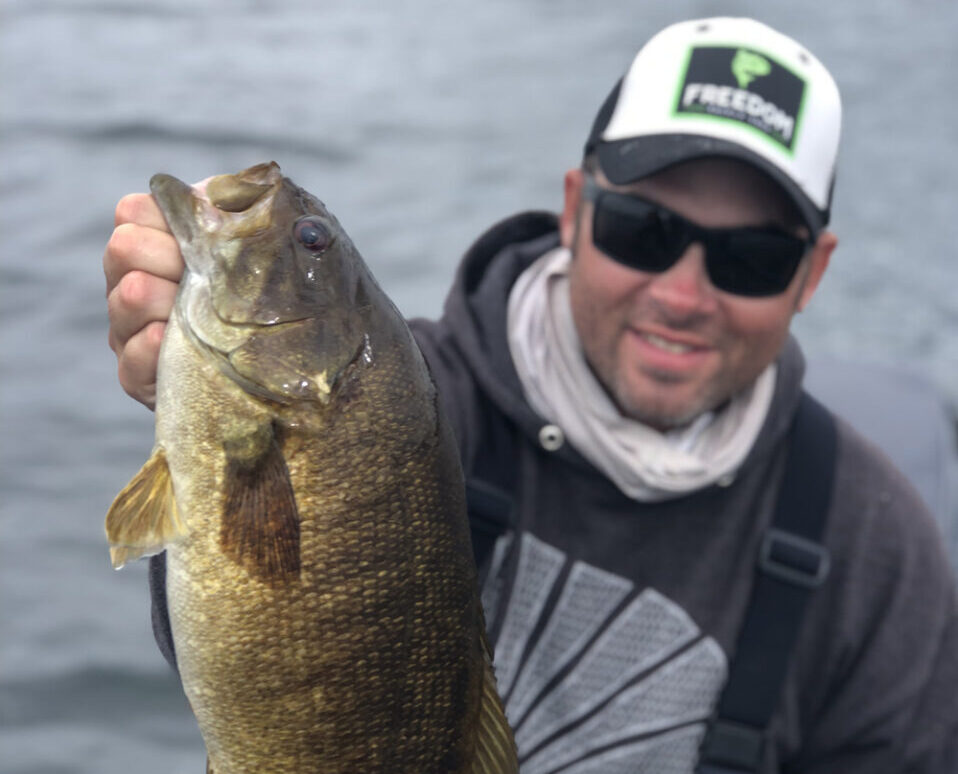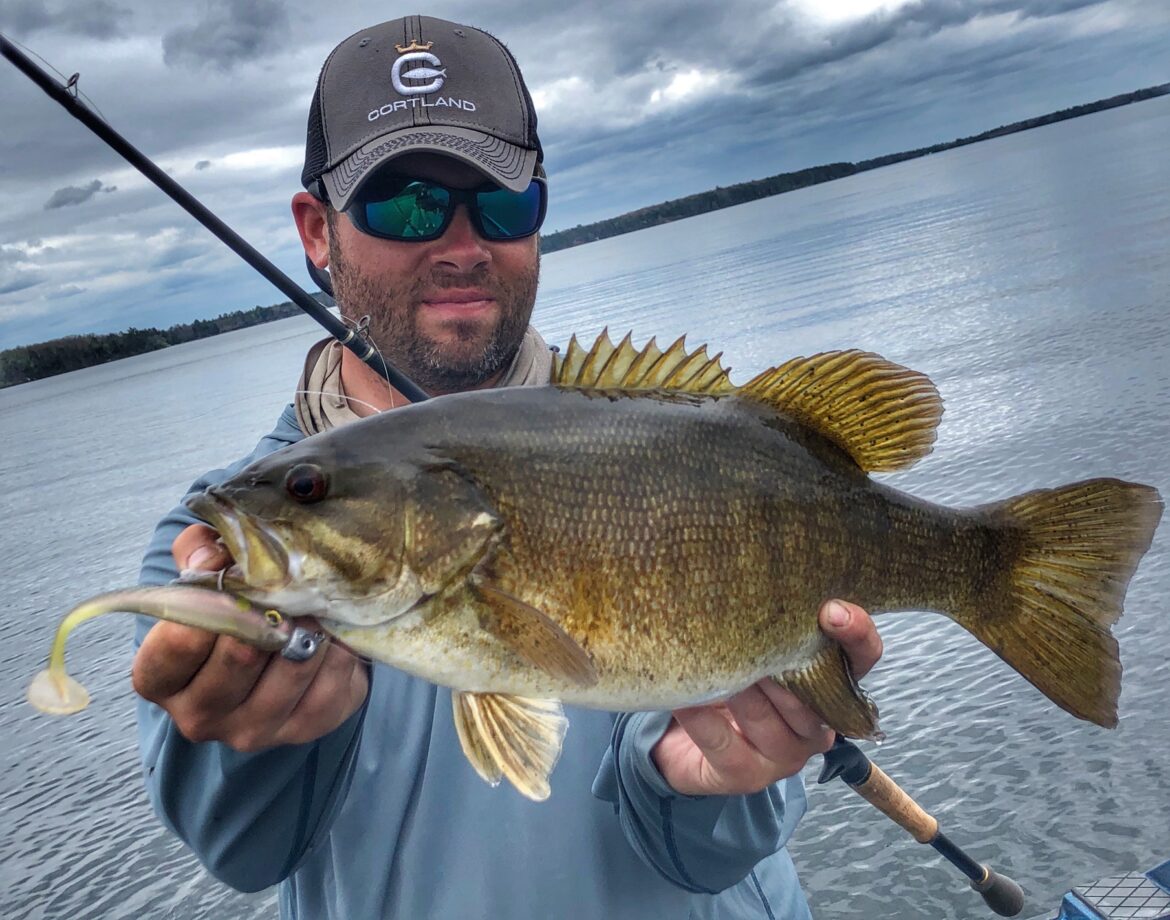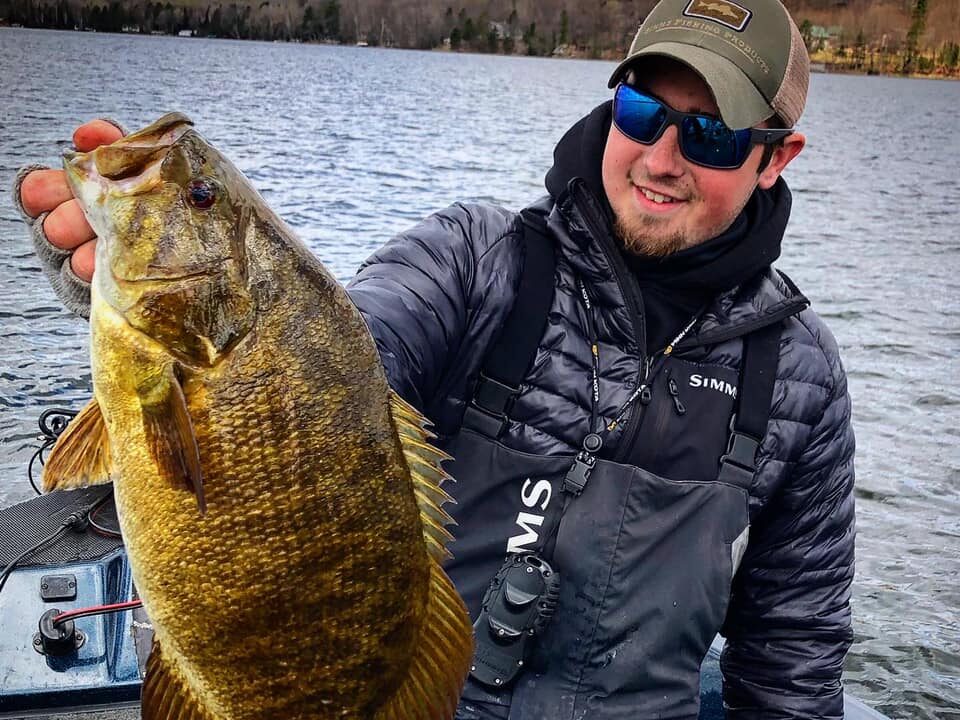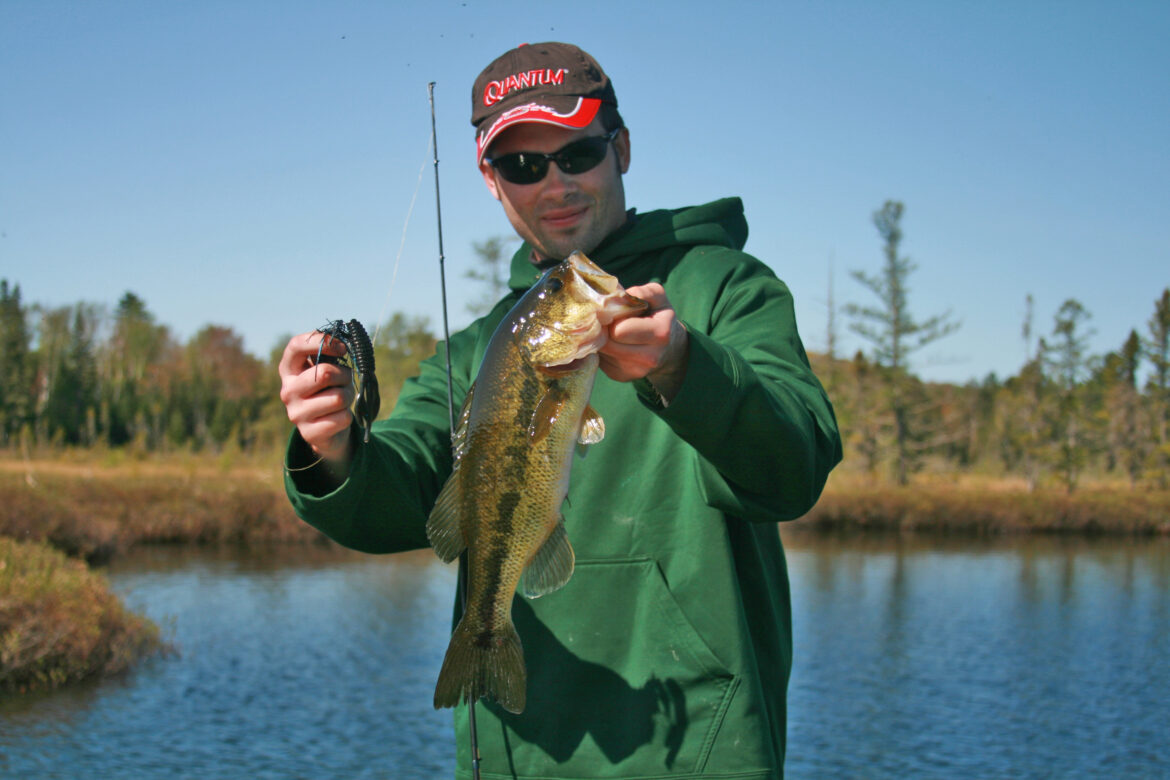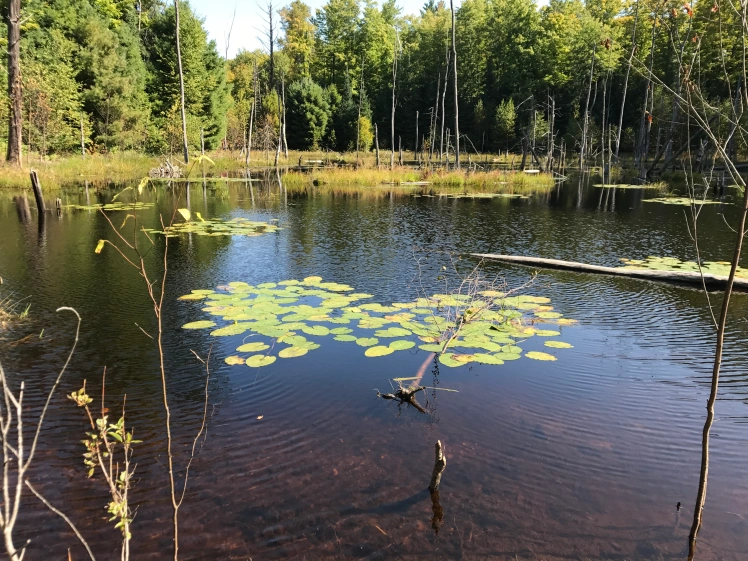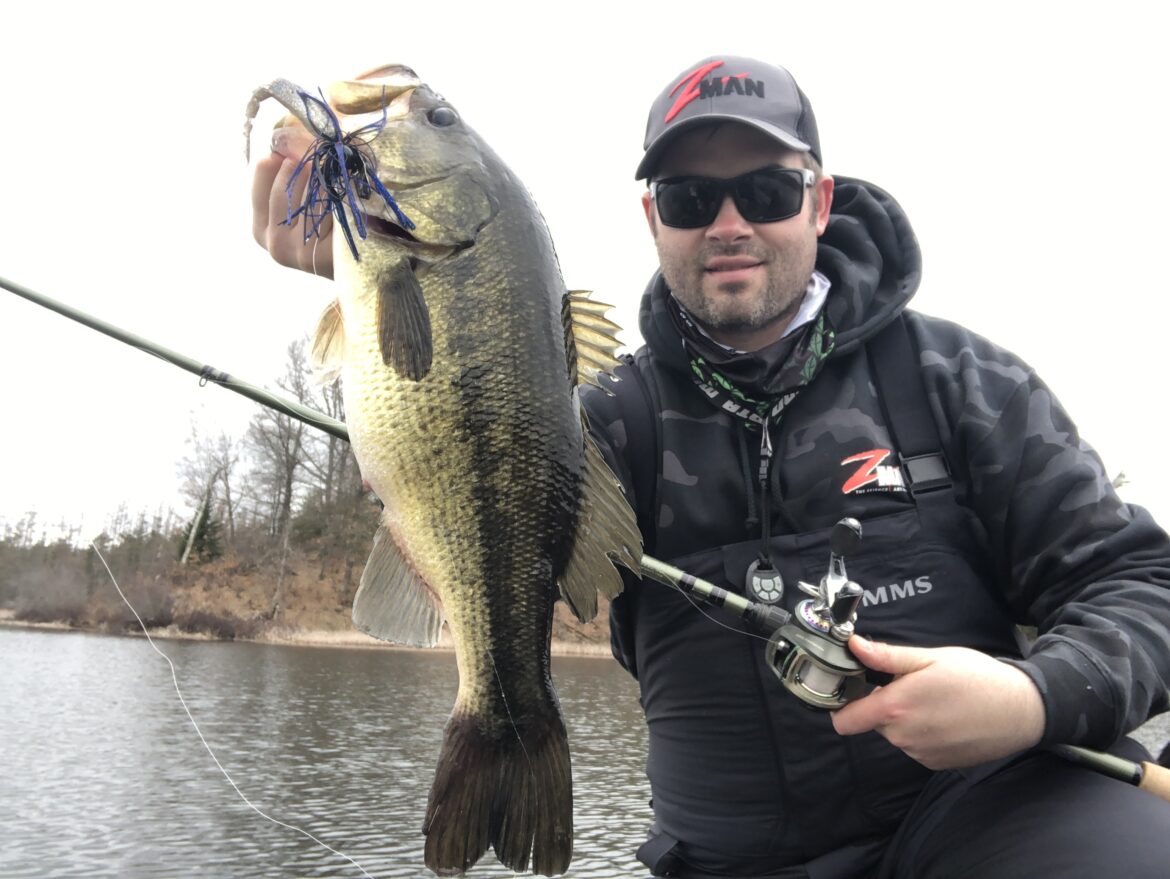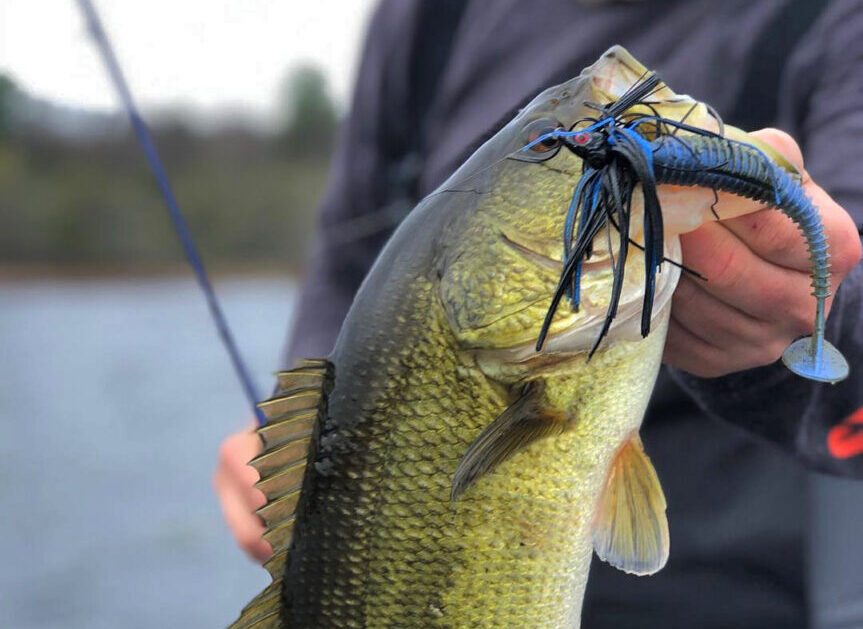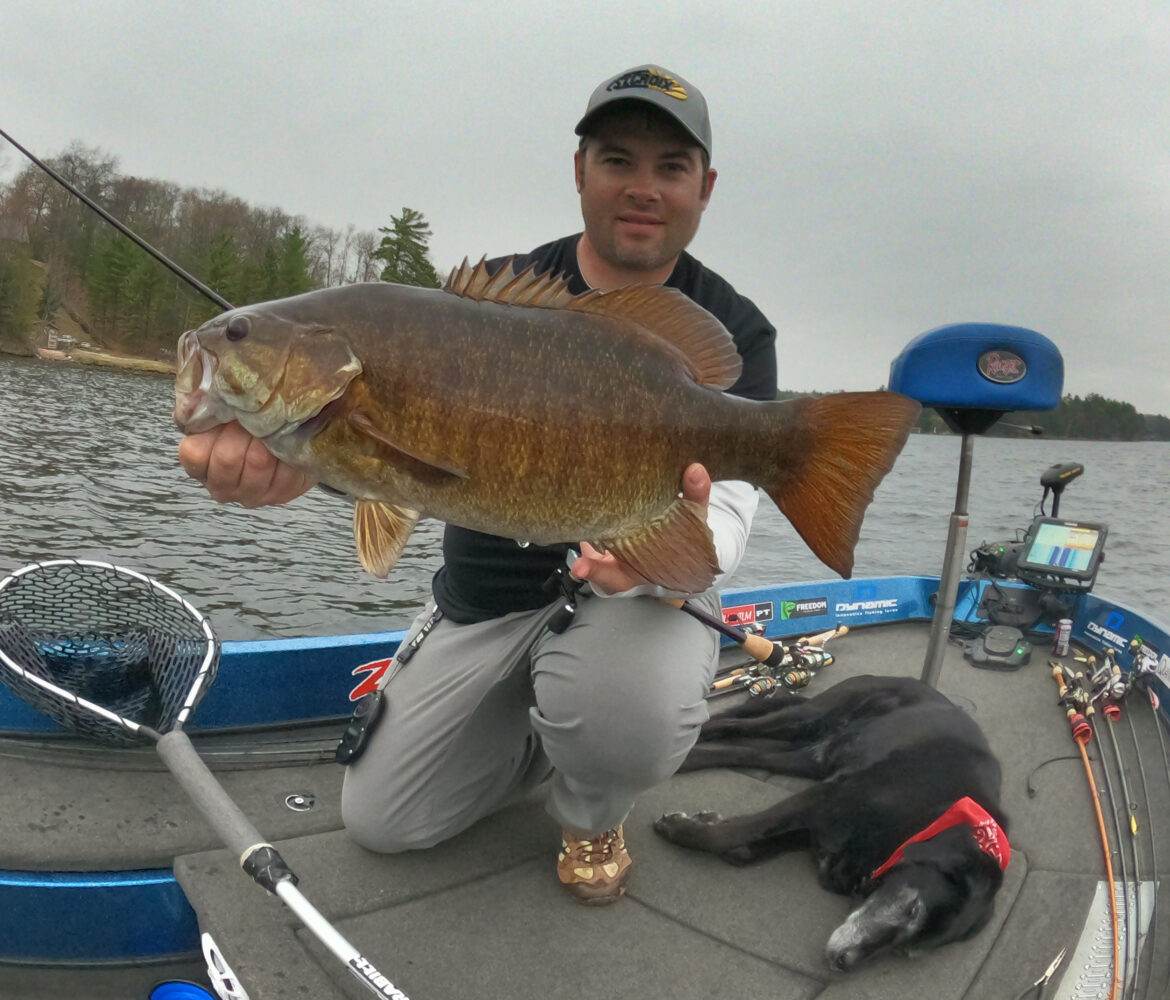Published articles by Andrew Ragas. The most comprehensive bass fishing library for Wisconsin bass fishing and across the Midwest.
LOCATION! LOCATION! LOCATION!
Monday, 10 April 2023
After ice-out, smallmouth undertake structural migrations from wintering sites to their staging locations, utilizing the lake’s contours and breaklines as their trail in order to reach these temporary destinations. Where they stage and hold until water temperature becomes ideal for invading the shallows will often be situated within a close range from their spawning
- Published in Bass Fishing Articles, Short Stories and Timely Tips, Smallmouth Bass
Smallmouths the Northwoods Way
Saturday, 01 April 2023
“Andrew, what’s your favorite lure of all-time for catching smallmouths?” my readers and customers most frequently ask.
- Published in Bass Fishing Articles, Smallmouth Bass
Starting Lineup for Spring Smallmouths
Saturday, 01 April 2023
Across many northern waters, smallmouth activity begins immediately after ice-out. Where catch and release-only regulations are implemented in Michigan and Wisconsin, it’s now possible to target smallmouths in spring while other gamefish species remain closed, the Great Lakes fisheries might not yet be ready, and other states and provinces aren’t yet open.
- Published in Bass Fishing Articles, Smallmouth Bass
Rippin’ Rap Smallmouths
Saturday, 01 April 2023
Winter relents. Spring creeps in. Ice has finished melting, and we have open water once again. At this time, smallmouths are schooling together and stacked; programmed to undergo structural migrations to where they will stage and set-up in preparation for their spawn which could be several weeks away. This process begins well before ice-out,
- Published in Bass Fishing Articles, Smallmouth Bass
Mud Bottoms and Shallow Largemouths
Monday, 27 March 2023
Specific lake locations that conduct heat are instrumental in scoring early season bass fishing success. The areas that warm quickest are determined by underwater structure and the lake’s geography. Typically, shallow muddy bays with exposure to the southern skies, and have inflows, will warm the fastest.
- Published in Bass Fishing Articles, Largemouth Bass, Short Stories and Timely Tips
Alternative Cover for Largemouths
Monday, 20 March 2023
When emergent weed growth fails to sprout in spring, largemouths seek and favor alternative habitats and sources of cover. In recent seasons, this has become the scenario and common early spring pattern on many lakes.
- Published in Bass Fishing Articles, Largemouth Bass, Short Stories and Timely Tips
Chatterbait Mix and Match for Early Season Success
Monday, 06 March 2023
When it comes to catching spring largemouths, aggressive and vibration-emitting horizontal presentations are lure choice guidelines to follow. In some other instances such as colder water and adverse conditions, slower and more relaxed works too. Lure selection for everything you should be doing during pre-spawn is going to be moving and reactionary, nonetheless.
- Published in Bass Fishing Articles, Largemouth Bass, Short Stories and Timely Tips
Starting Lineup for Spring Largemouths
Wednesday, 01 March 2023
Depending on where in the Midwest you live, the arrival of spring varies. The season can begin as early as late February. In most regions, not until mid-March through early April. And in the far northern states, early to mid-May. It all depends on the arrival of warming weather and the progression of ice-melt.
- Published in Bass Fishing Articles, Gear Reviews, Largemouth Bass
Jerkbait Tips for More Spring Smallmouths
Wednesday, 01 March 2023
For spring smallmouths, suspending jerkbaits have become staples for most anglers. Nearly everyone has one, or a few, rigged up on deck. They are the ticket to early spring success. Few other baits can catch early spring smallmouths better. While many of them catch fish immediately out from the package, some can require simple
- Published in Bass Fishing Articles, Gear Reviews, Smallmouth Bass



